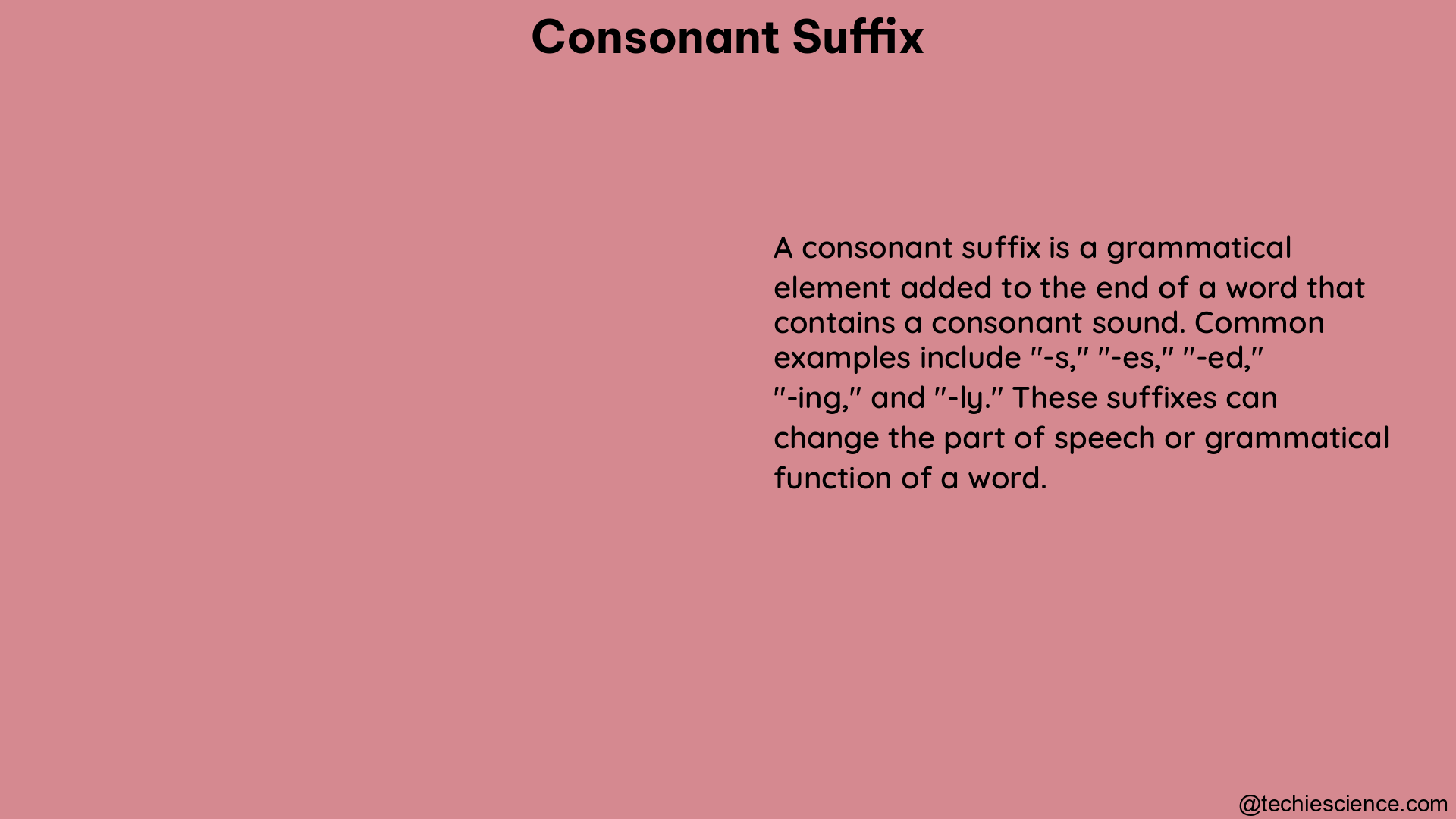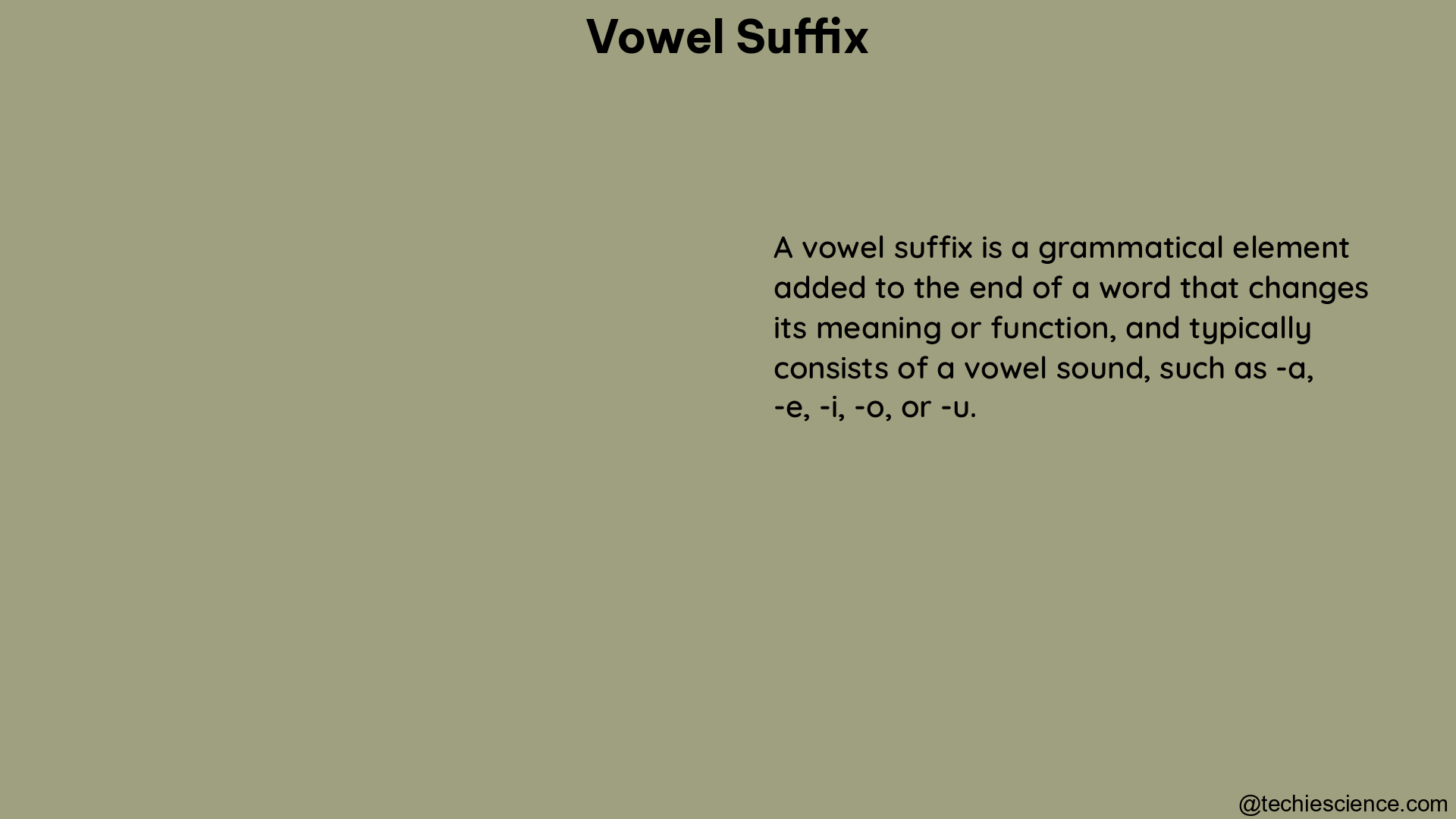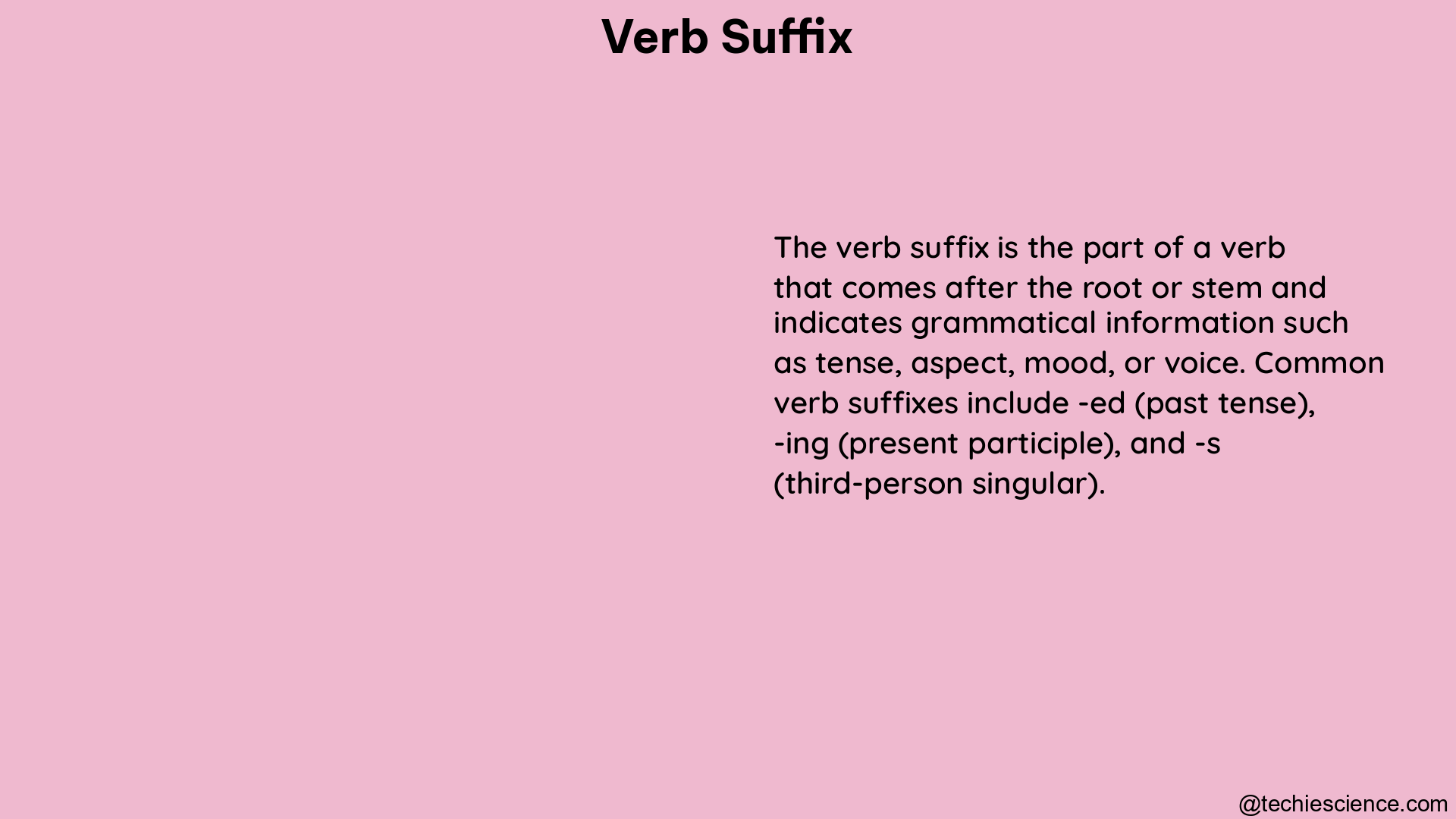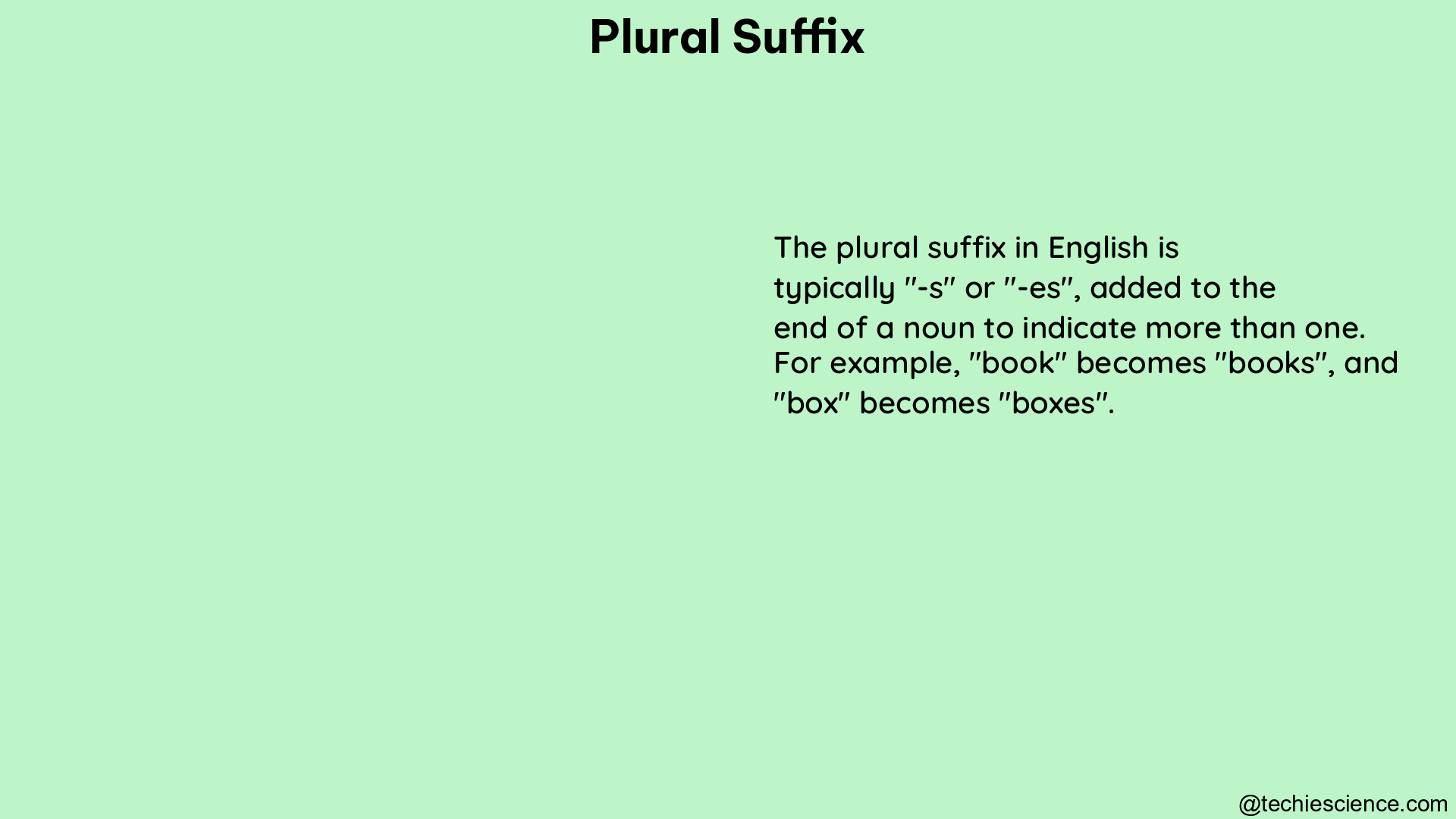In the realm of English grammar, the question “Is a pronoun a subject?” is a fundamental one that deserves a comprehensive exploration. Pronouns are a crucial part of speech, and understanding their role as subjects is essential for effective communication and writing. This in-depth guide will delve into the intricacies of subject pronouns, providing you with a thorough understanding of their usage, examples, and key points to remember.
Understanding Subject Pronouns
Subject pronouns are a type of pronoun that serve as the subject of a sentence, performing the action described by the verb. These pronouns are used to replace the noun that is the subject of the sentence, making the sentence more concise and avoiding repetition.
The subject pronouns in English include:
- I
- You
- He
- She
- It
- We
- They
- Who
These pronouns typically appear before the verb in a sentence, except in questions where the word order may be reversed.
Examples of Subject Pronouns
- I am going to the park.
- She is studying for her exam.
- They are playing soccer.
- We will be attending the concert.
- Who is responsible for this project?
In these examples, the subject pronouns “I,” “She,” “They,” “We,” and “Who” are performing the actions described by the verbs, making them the subjects of their respective sentences.
The Importance of Subject Pronouns
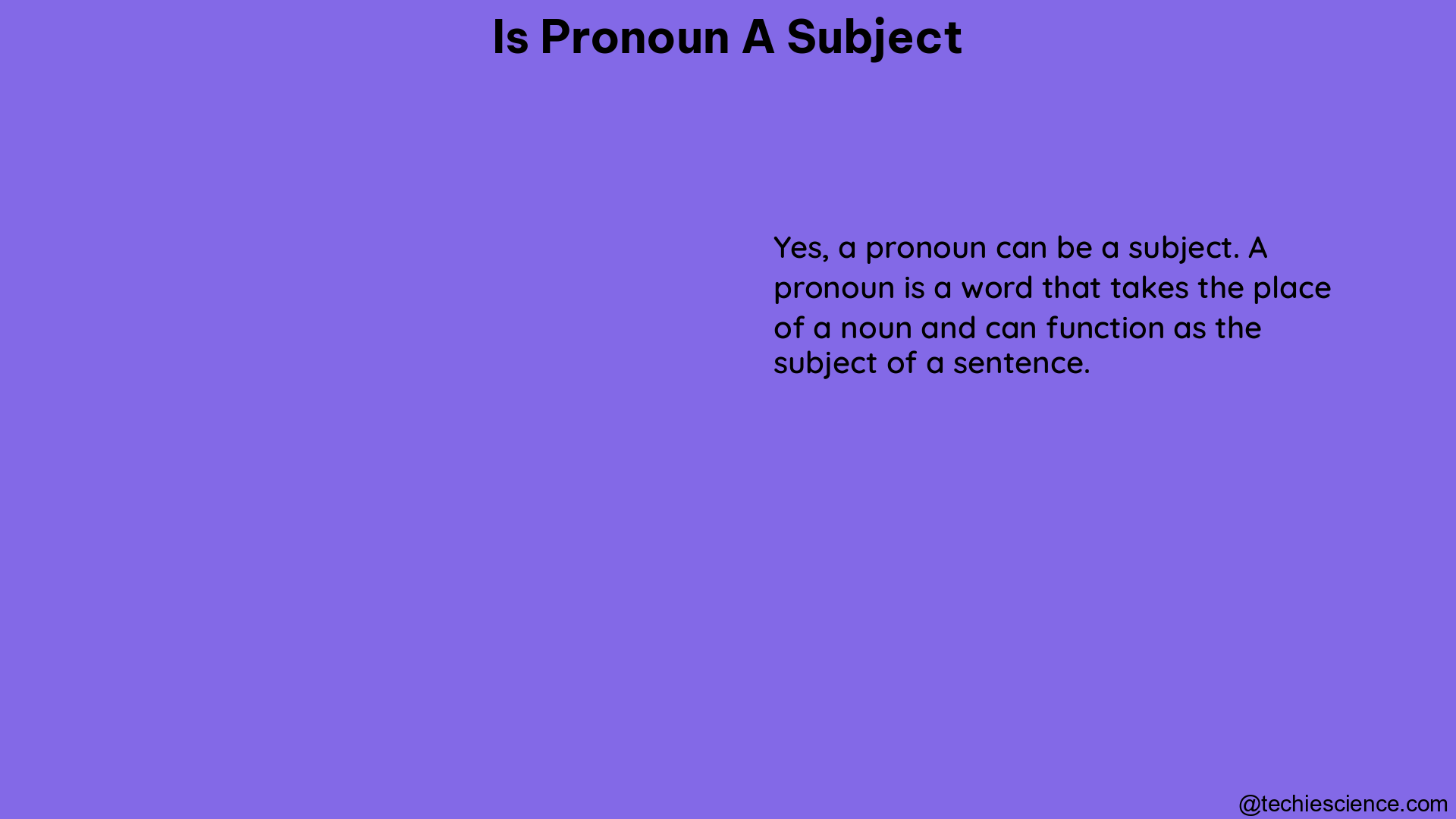
Subject pronouns play a crucial role in English grammar and communication. They help to:
-
Avoid Repetition: By using subject pronouns, you can avoid repeatedly using the same noun in a sentence or paragraph, making your writing more concise and engaging.
-
Maintain Clarity: Subject pronouns help to clearly identify the person or thing performing the action, ensuring that the meaning of the sentence is unambiguous.
-
Enhance Cohesion: The use of subject pronouns throughout a piece of writing helps to create a sense of flow and coherence, making the text more cohesive and easier to follow.
-
Improve Sentence Structure: Subject pronouns allow for more varied and complex sentence structures, adding depth and sophistication to your writing.
Identifying Subject Pronouns
To identify subject pronouns in a sentence, look for the word that is performing the action described by the verb. This word will typically appear before the verb, except in questions where the word order may be reversed.
Here are some examples to help you identify subject pronouns:
- She is cooking dinner.
- They are going to the movies.
- I will be attending the meeting.
- Who is responsible for this task?
- We have decided to go on a picnic.
In each of these examples, the subject pronoun is the word that is performing the action described by the verb.
Subject Pronouns vs. Object Pronouns
It’s important to distinguish between subject pronouns and object pronouns, as they serve different functions in a sentence.
Subject pronouns, as we’ve discussed, are the pronouns that perform the action described by the verb. They typically appear before the verb in a sentence.
Object pronouns, on the other hand, are the pronouns that receive the action described by the verb. They typically appear after the verb in a sentence.
The object pronouns in English include:
- Me
- You
- Him
- Her
- It
- Us
- Them
- Whom
Here are some examples to illustrate the difference:
- I am going to the store. (Subject pronoun)
- The store is giving me a discount. (Object pronoun)
- She is helping him with his homework. (Subject and object pronouns)
- They invited us to the party. (Subject and object pronouns)
It’s important to be able to distinguish between subject and object pronouns to ensure that you are using them correctly in your writing and communication.
Advanced Considerations for Subject Pronouns
While the basic understanding of subject pronouns is essential, there are some more advanced considerations to keep in mind:
Subjective Case and Objective Case
Pronouns can be in either the subjective case (when they are the subject of a sentence) or the objective case (when they are the object of a sentence). Subject pronouns are in the subjective case, while object pronouns are in the objective case.
For example:
- I am going to the park. (Subjective case)
- The park is waiting for me. (Objective case)
Compound Subjects
When a sentence has a compound subject (two or more subjects connected by “and”), the subject pronoun used should be plural, even if the subjects are singular.
For example:
- She and he are going to the movies.
- They are going to the movies.
Indefinite Pronouns as Subjects
Indefinite pronouns, such as “someone,” “anyone,” and “everyone,” can also serve as subject pronouns in a sentence.
For example:
- Someone is at the door.
- Everyone is invited to the party.
Relative Pronouns as Subjects
Relative pronouns, such as “who,” “which,” and “that,” can also function as subject pronouns in a sentence.
For example:
- Who is responsible for this project?
- The book that I bought is very interesting.
By understanding these advanced considerations, you can further refine your mastery of subject pronouns and their usage in English grammar.
Conclusion
In conclusion, pronouns can indeed be subjects in a sentence, and understanding the role of subject pronouns is crucial for effective communication and writing. This comprehensive guide has provided you with a deep dive into the world of subject pronouns, covering their definition, examples, importance, identification, and the distinction between subject and object pronouns. Additionally, we’ve explored some more advanced considerations, such as subjective case, compound subjects, indefinite pronouns, and relative pronouns as subjects.
With this knowledge, you can confidently navigate the nuances of subject pronouns and apply them effectively in your own writing and speech. Remember, mastering subject pronouns is not just about grammar – it’s about enhancing the clarity, cohesion, and sophistication of your language.
References
- Grammarly. (2022). The Basics on Subject and Object Pronouns. Retrieved from https://www.grammarly.com/blog/the-basics-on-subject-and-object-pronouns-b/
- Knowadays. (n.d.). A Complete Guide to Subject and Object Pronouns. Retrieved from https://knowadays.com/blog/a-complete-guide-to-subject-and-object-pronouns/
- Ginger Software. (n.d.). Subject Pronouns – English Grammar Rules. Retrieved from https://www.gingersoftware.com/content/grammar-rules/pronouns-2/subject-pronouns/
